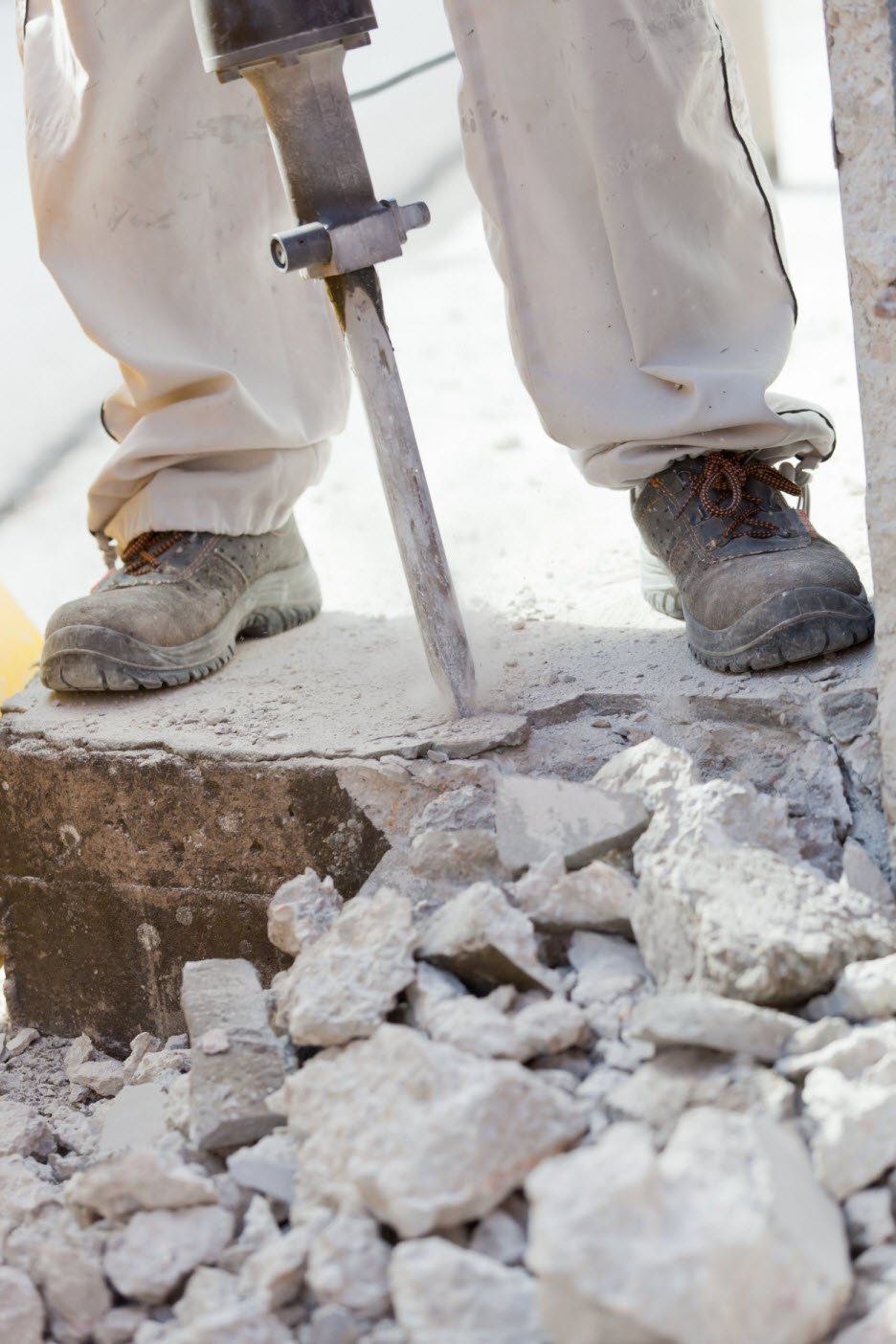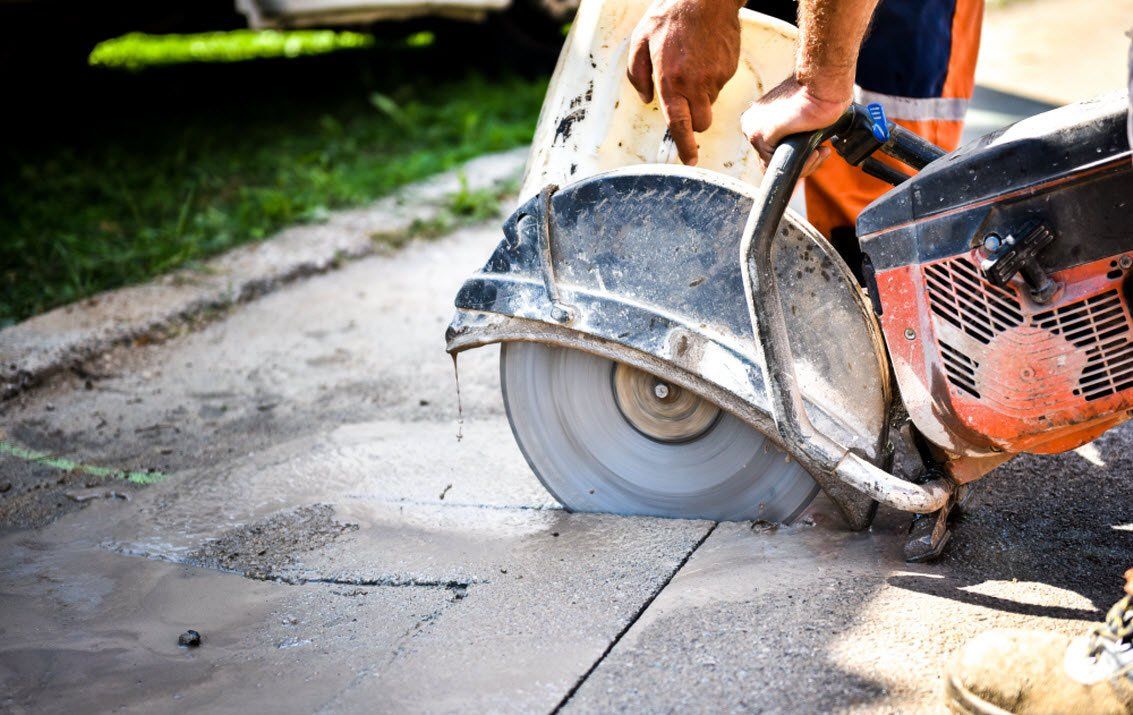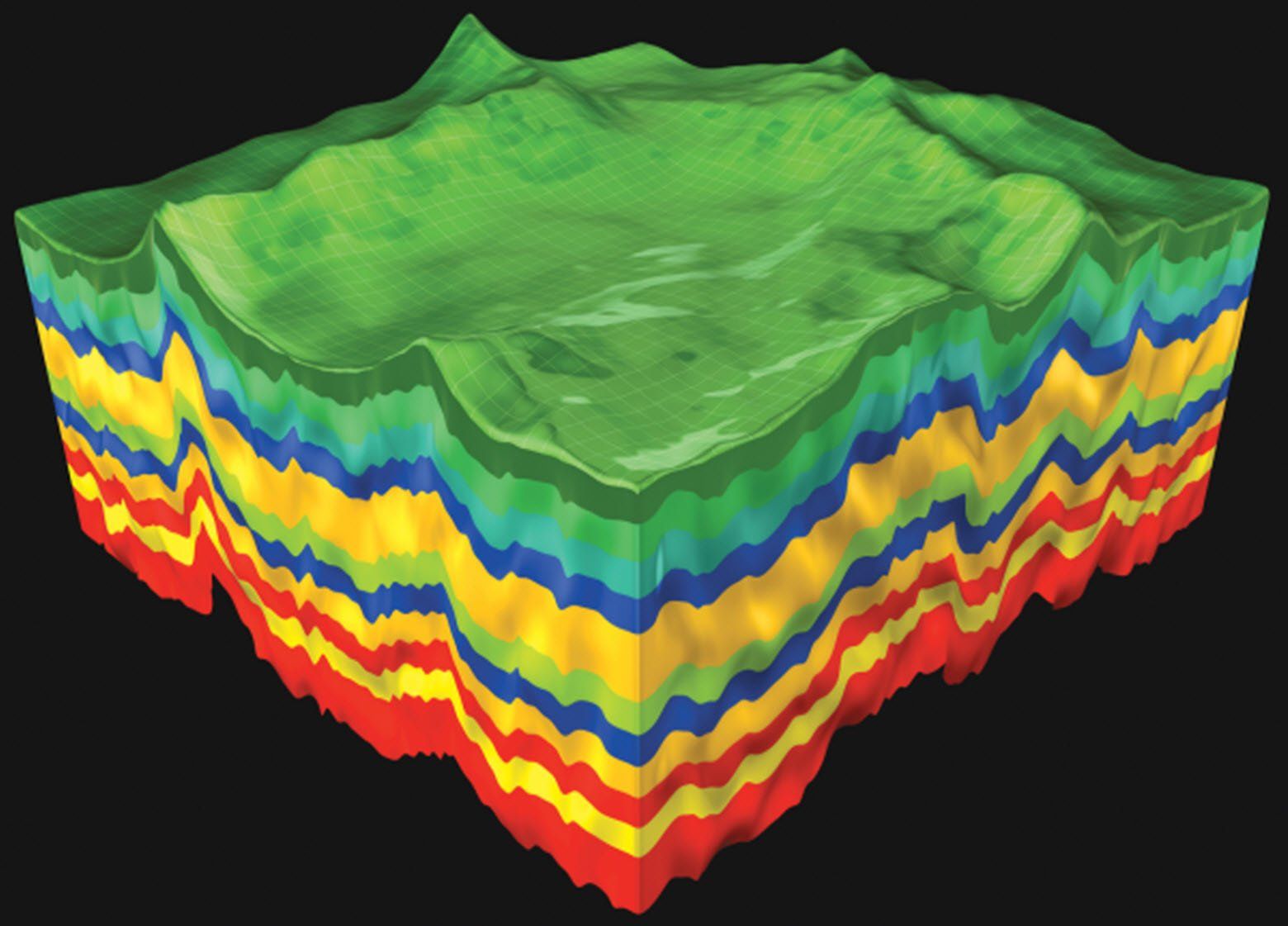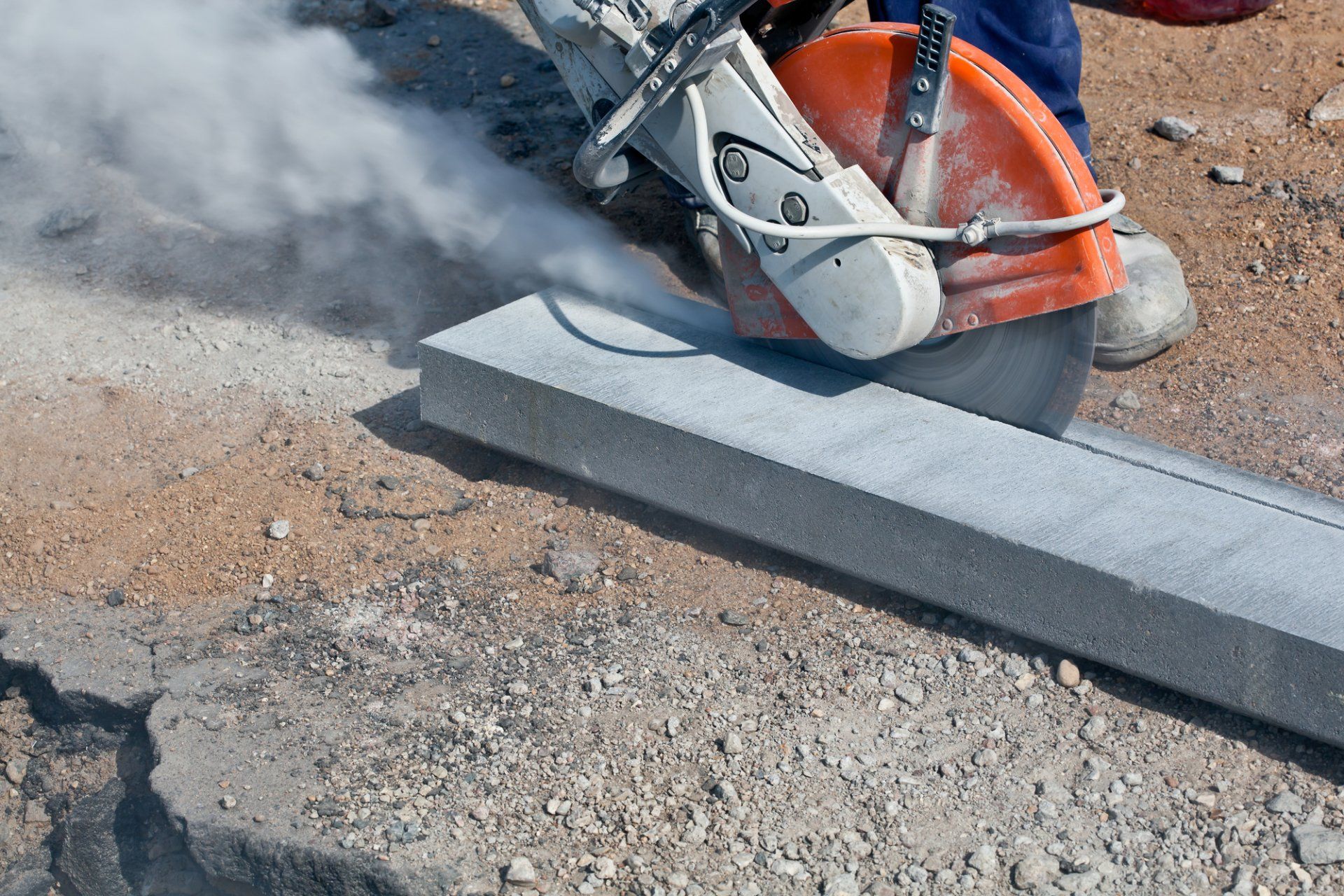Your Step-by-Step Guide for
Concrete Removal in Toronto

You might think that hiring a contractor to demolish a 12 x 14-ft patio is unnecessary and expensive, so you decide to take on the task yourself. After all, it’s brainless work, right? Wrong! There’s more to concrete removal than just swinging a sledgehammer. Careful planning, the right tools, protective gear and a little bit of know-how are essential to the project at hand, especially if you’re looking to save on effort and time. Follow these nine easy steps for a quick, efficient and safe concrete removal in Toronto:
- Get informed. Before you start hammering away, check with the appropriate professional to make sure there are no wires or cables running beneath the concrete you wish to remove.
- Gear up. This is one project where “safety first” really matters. Make sure you have the required protective gear (noise cancelling earmuffs, safety glasses, construction gloves, steel toe boots, etc.) before you start.
- Choose the right tools. There are a number of handy tools you could use for concrete removal, such as sledgehammers, jackhammers, crowbars and mattocks. The choice will depend on the nature of the task at hand. Effective on large, extra thick slabs, jackhammers are usually overkill for most home concrete breakup projects. Give the sledgehammer a go before moving on to heavier equipment.
- Prep the area. Flying chunks of concrete can damage your property, so make sure to protect your windows, siding, patio and sidewalk with a durable sheet of plastic (available at home hardware stores). The sheeting will not only catch shrapnel but most of the dust as well for a quick and efficient cleanup.
- Break up the concrete. The only way you’ll manage to remove concrete is to break it up into smaller pieces first by using a jack or sledgehammer. Start in a corner and manoeuvre in grid formation (left to right).
- Cut reinforcements. Many concrete surfaces are set with reinforcing steel known as rebar. To separate chunks of concrete, saw through steel wires with an angle grinder. You can also use bolt cutters on thinner cables.
- Pry concrete loose. Even after concrete is broken, some chunks may remain lodged. Swing the pointed end of a mattock into the newly formed cracks and pry up.
- Remove concrete. After you’ve loosened locked-together pieces of concrete, all that’s left is to remove them. Get yourself a wheelbarrow (preferably a heavy-duty hauler) to move chunks of concrete and steel cut-offs away from the demolition site—don’t forget to wear your protective gloves! Avoid overloading the wheelbarrow to spare yourself the back pain or call in a favour with a close friend to help with the heavy lifting. You can also look into renting a trash container with a gate for easy clearance.
- Call in an expert. Handling loose pieces of concrete is backbreaking work. Call in your local specialist for concrete removal in Toronto. They’ll take heavy slabs to regulated drop-off sites or concrete recycling depots to spare you the hassle.
While tearing up concrete yourself can save you money on labour costs, it can be a dangerous and time-consuming task if not executed correctly. Rather than spend hours upon hours removing concrete and debris, entrust your project (big or small) to Kingdom Concrete Drilling & Sawing Inc ., Toronto’s reliable concrete cutting and removal specialist. Call for a free estimate today!




